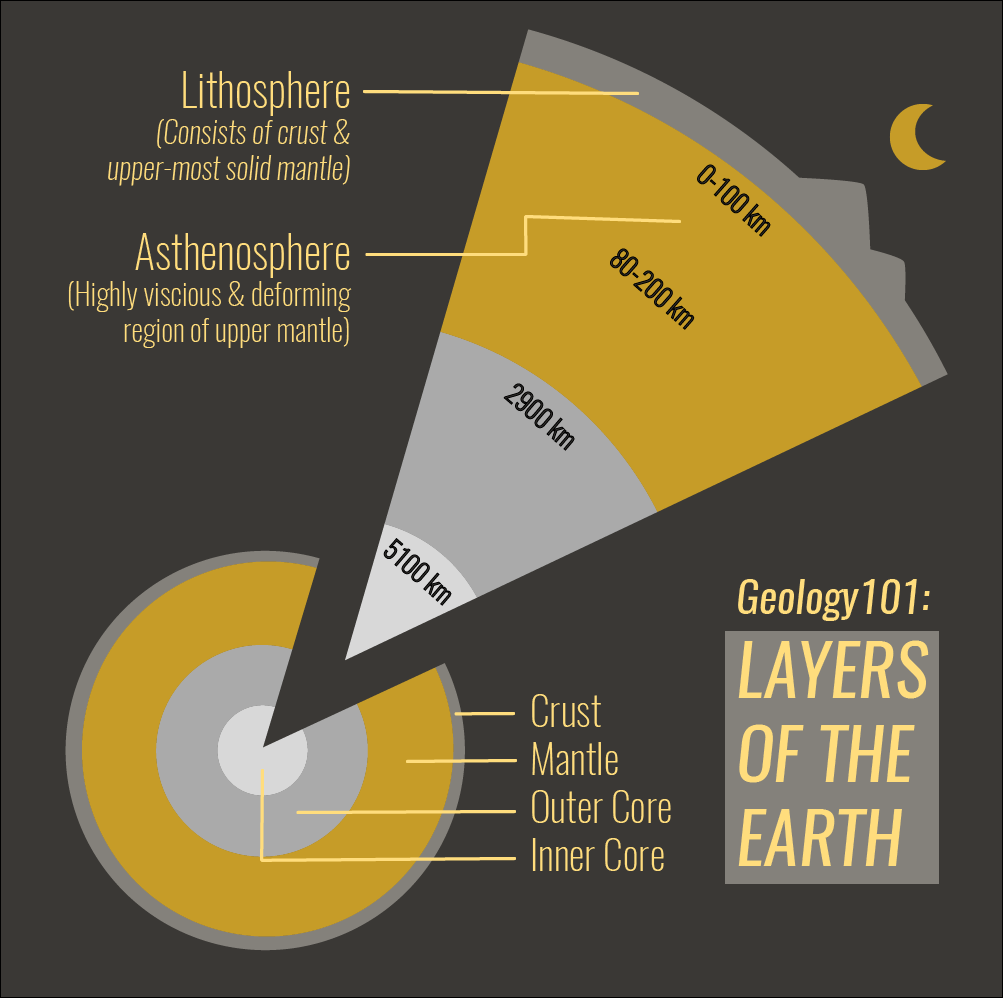The core of our planet is made of two different parts: the solid inner core and the liquid outer core. Both are made of an iron-nickel alloy. The inner core is solid because of the greater pressure at the centre of the Earth.

An illustration of the layers of the earth (Source: EOS/Rachel Siao)
We know that the outer core is liquid because of seismic studies (S-waves do not travel through liquids). At the surface of the Earth, we observe a magnetic field, which exerts a force on charged particles like the ones coming from the sun. The Northern Lights observed in polar regions are a direct consequence of the presence of a magnetic field around the Earth: energy particles emitted by the Sun are channelled by the Earth’s magnetic field toward the poles, where they interact with our atmosphere to create the beautiful colours and shapes called aurora borealis.

A photograph of the aurora borealis over Tromsø, Norway (Source: Lightscape/Unsplash)
The magnetic field of Earth can only have one explanation: the movement of the metallic and liquid outer core. As the Earth spins, it creates the alternation of days and nights. The outer core of the planet is like a giant dynamo: the rotation of the earth creates complex movements inside the liquid outer core, which gives rise to the geomagnetic field.